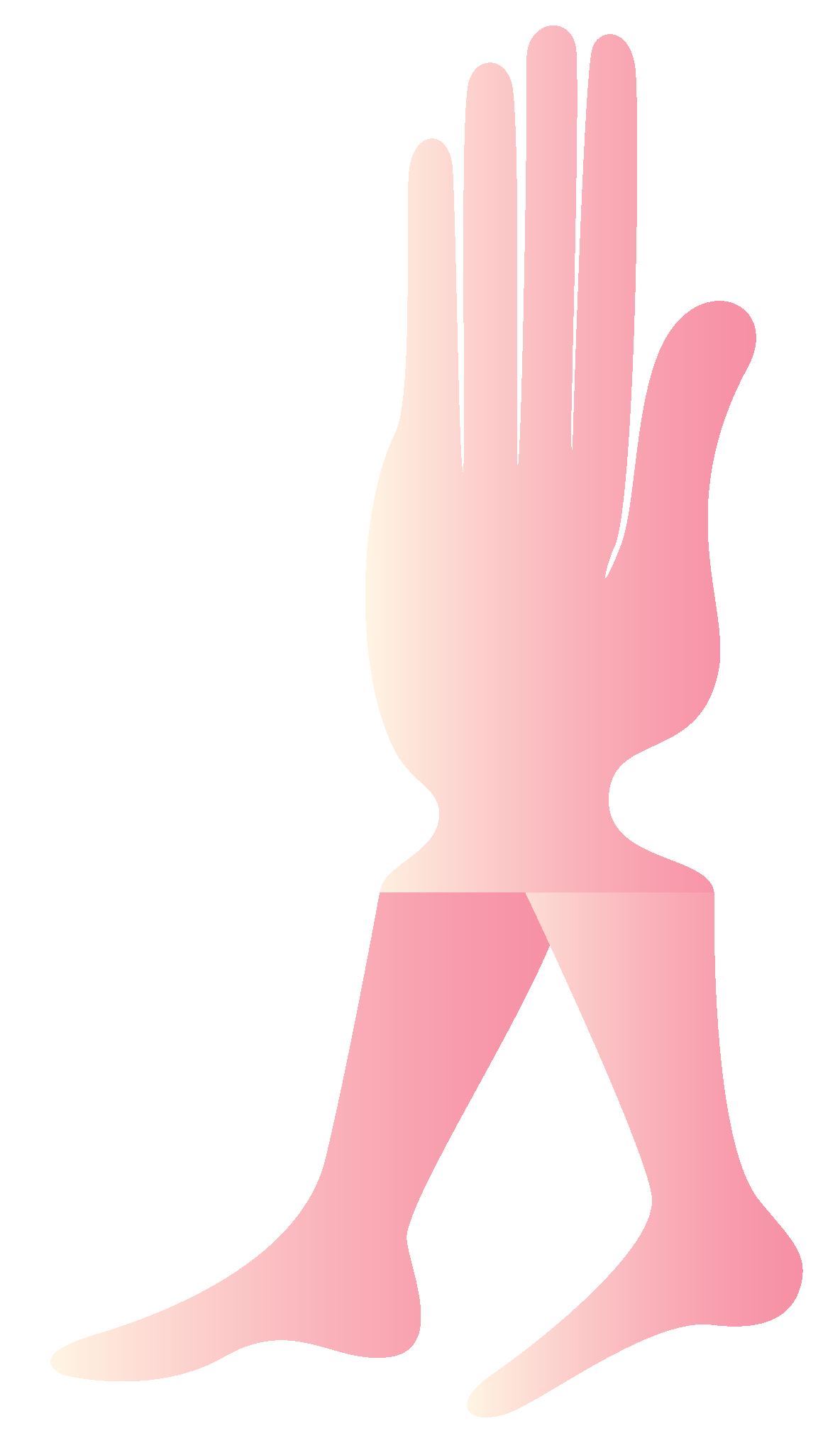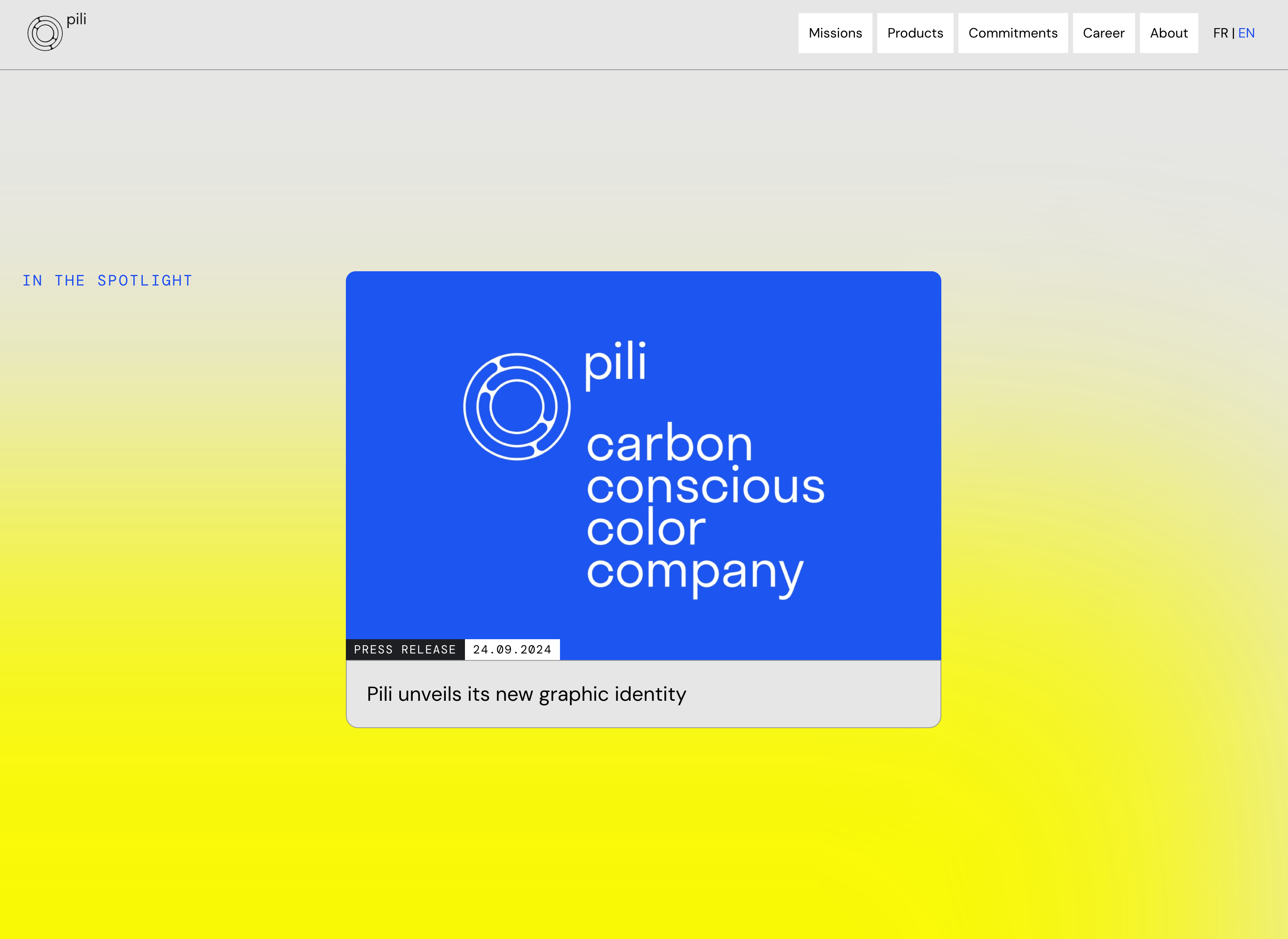Pili & The Color Cell Factories
{ Carbon Conscious Color Company }
This project is an ecological revolution: manufacturing renewable colors to replace petrochemical dyes.
Until now, humans have tried everything:
making colours from plants, animals, minerals and even fossil resources like oil, from which the majority of dyes (used in textile dyes (used in textiles, paints and inks), with catastrophic results in terms of energy and pollution of ecosystems. In 2012, biologist Thomas Landrain and I came up with the idea of growing bacteria to extract the colours that develop around them. The first phase of exploration involved experimenting with and perfecting this process in the laboratory and sharing the joy of working with microscopic beings to bring out the colours through workshops. Faced with the urgent need to counteract the polluting production of today's dyes, the need to bring this solution to life on a large scale led us to create a company capable of carrying out this mission. Our meeting with Jérémie Blache and Guillaume Boissonnat in 2015 led to the launch of this scientific, entrepreneurial and industrial venture, which today employs around thirty scientists who are developing this expertise in biotechnology and green chemistry.
The process is in the industrialisation phase and the first Biobased Indigo is commercialized in January 2025. Denim revolution is made with Citizen of humanity.
Until now, humans have tried everything:
making colours from plants, animals, minerals and even fossil resources like oil, from which the majority of dyes (used in textile dyes (used in textiles, paints and inks), with catastrophic results in terms of energy and pollution of ecosystems. In 2012, biologist Thomas Landrain and I came up with the idea of growing bacteria to extract the colours that develop around them. The first phase of exploration involved experimenting with and perfecting this process in the laboratory and sharing the joy of working with microscopic beings to bring out the colours through workshops. Faced with the urgent need to counteract the polluting production of today's dyes, the need to bring this solution to life on a large scale led us to create a company capable of carrying out this mission. Our meeting with Jérémie Blache and Guillaume Boissonnat in 2015 led to the launch of this scientific, entrepreneurial and industrial venture, which today employs around thirty scientists who are developing this expertise in biotechnology and green chemistry.
The process is in the industrialisation phase and the first Biobased Indigo is commercialized in January 2025. Denim revolution is made with Citizen of humanity.
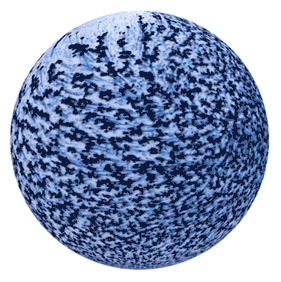

Workshop Grow your ink, 2016, Opéra Bastille (photo : Joseph Gobin)


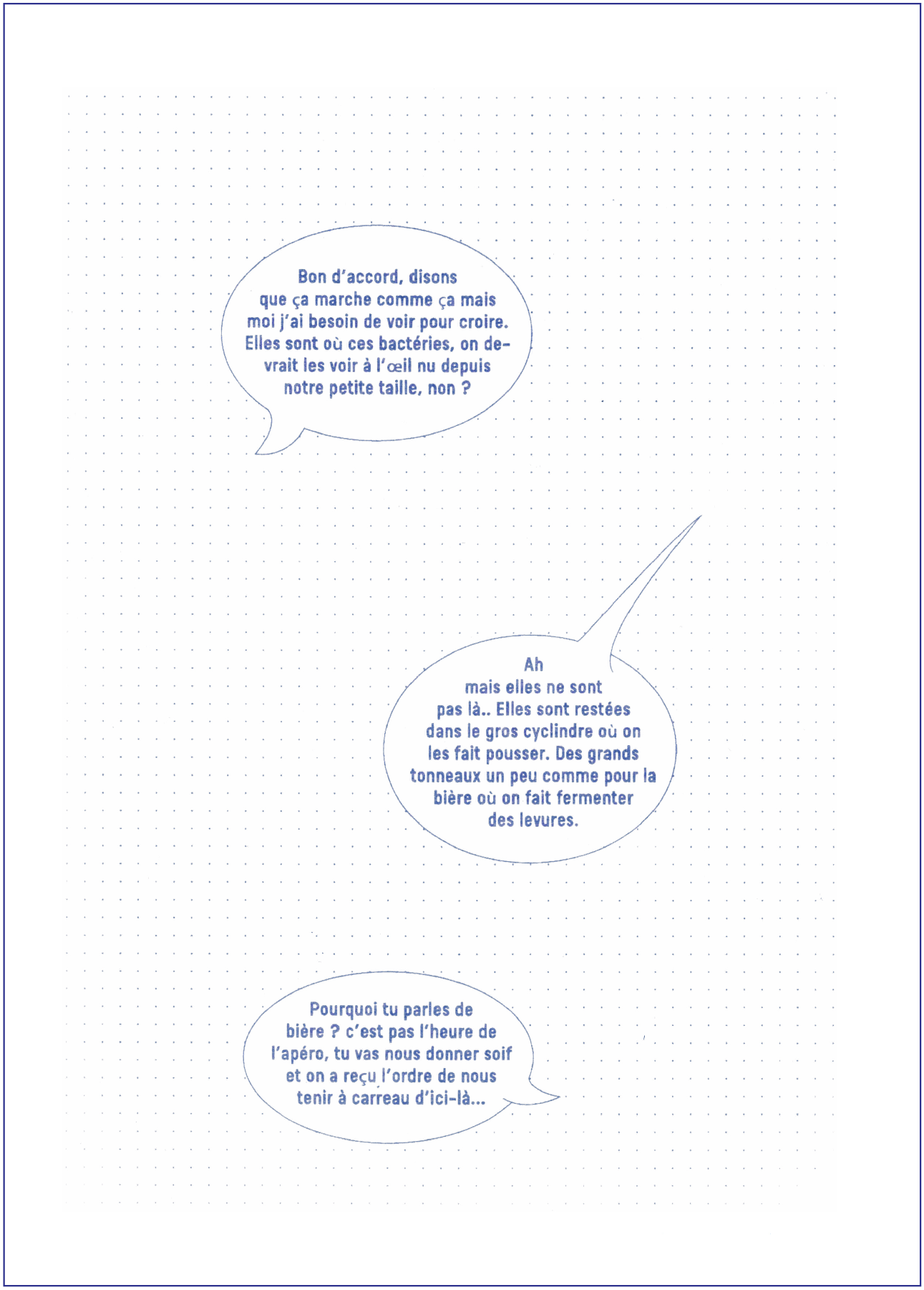
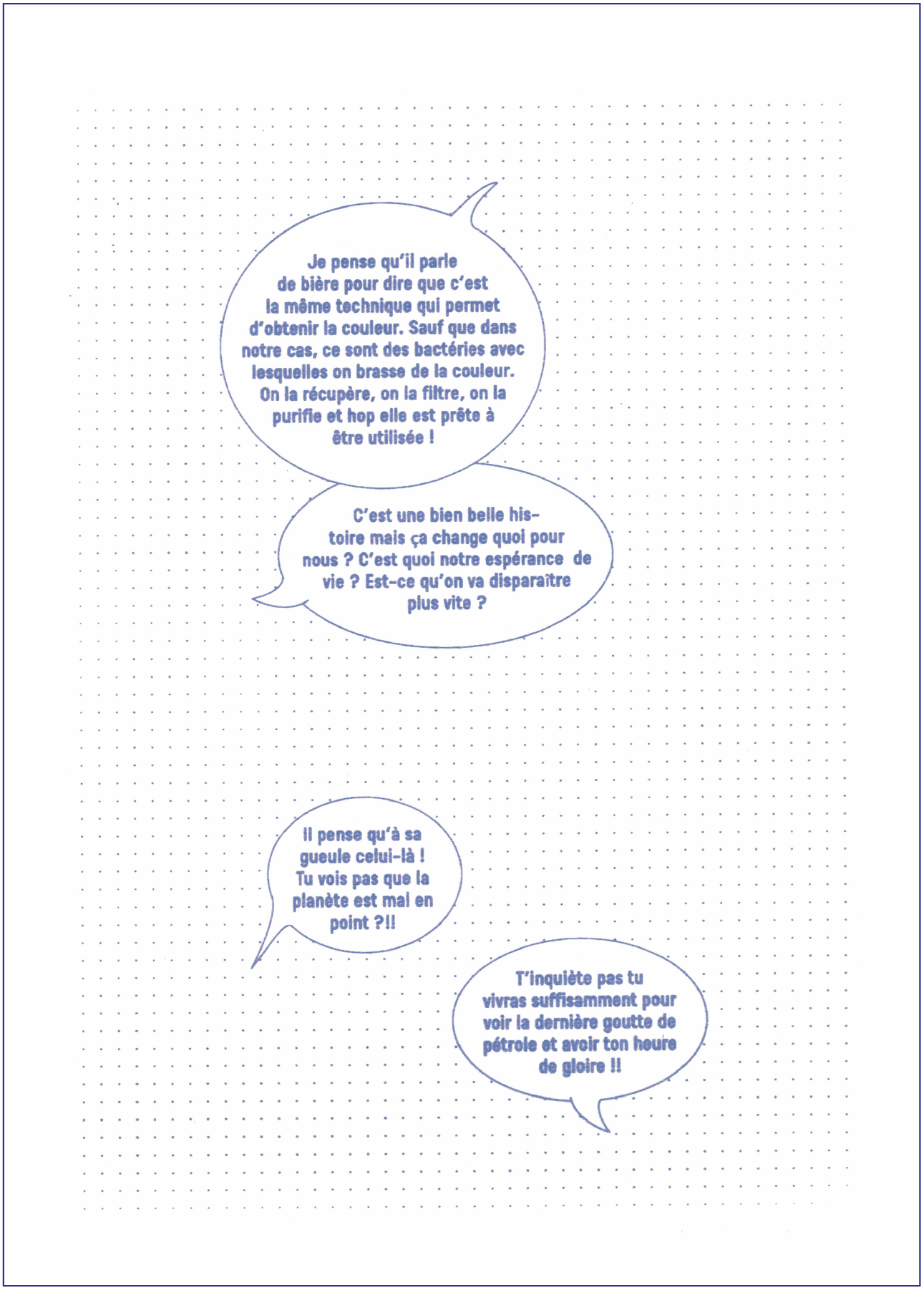
First silk prints with a Pili ink (Marie-Sarah Adenis, 2018)
Pili is developing a new generation of ecological dyes based on the fermentation of micro-organisms. These microorganisms transform matter cleanly and efficient way thanks to their enzymes (which operate at room temperature, without toxic solvents, and require much less water and energy than petrochemicals).
than petrochemicals). It is fermentation that enables them to deconstruct renewable plant materials such a sugar or wood and rebuild them into dyes. This process, at the heart of the biotechnology revolution, is paradoxically quite old: our ancestors were already using already used fermentation, notably to make beer.
At the dawn of the 21st century, Pili is devoting itself to creatin the first cellular colour factories, drawing on biology, chemistry and design, transposing the ancestral know-how of fermentation to modern biology to brew colour on an industrial scale.
than petrochemicals). It is fermentation that enables them to deconstruct renewable plant materials such a sugar or wood and rebuild them into dyes. This process, at the heart of the biotechnology revolution, is paradoxically quite old: our ancestors were already using already used fermentation, notably to make beer.
At the dawn of the 21st century, Pili is devoting itself to creatin the first cellular colour factories, drawing on biology, chemistry and design, transposing the ancestral know-how of fermentation to modern biology to brew colour on an industrial scale.
____
Exhibitions
Broken Nature | Triennale de Milan, 2019



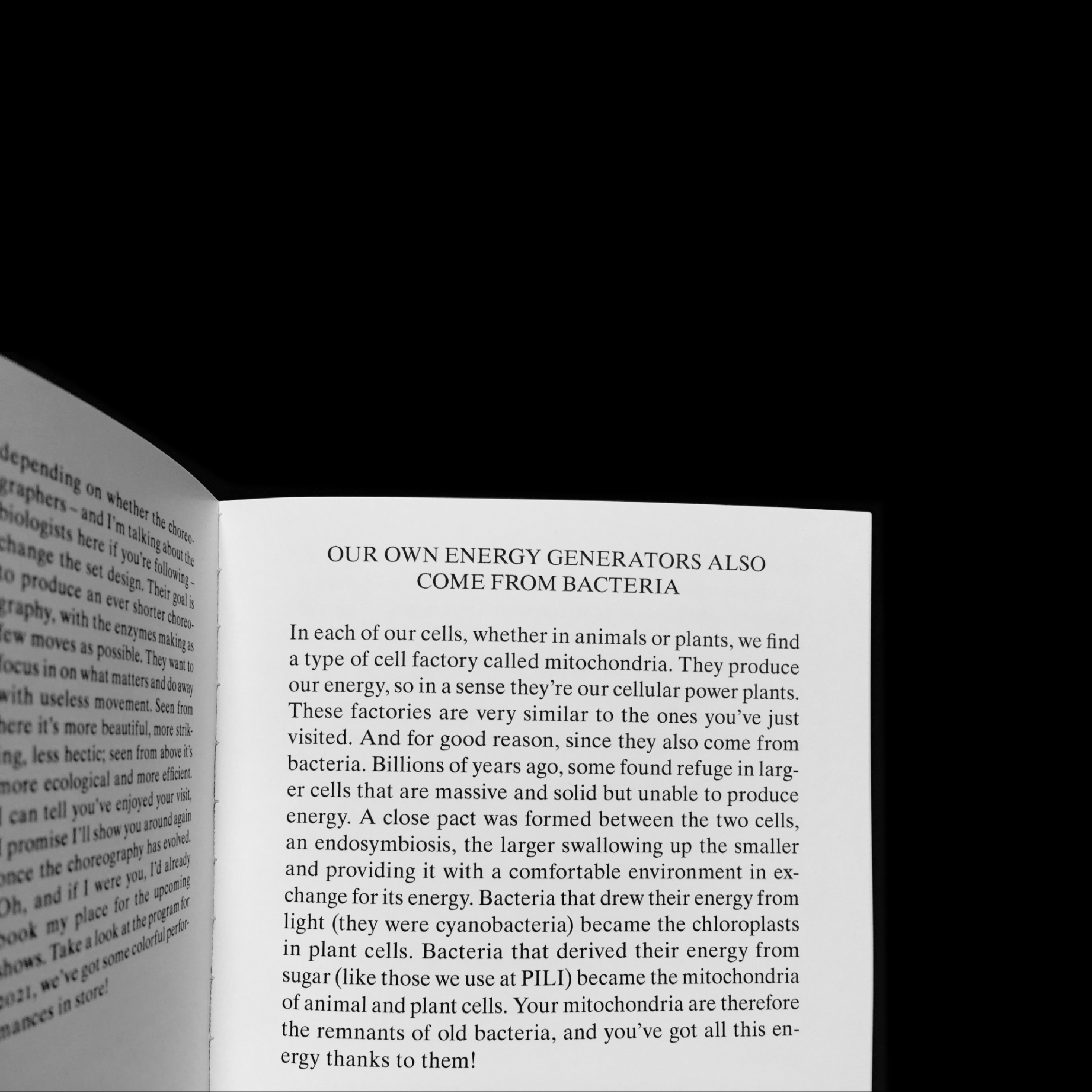





La fabrique du vivant | Centre Pompidou, 2019

____
Explorations
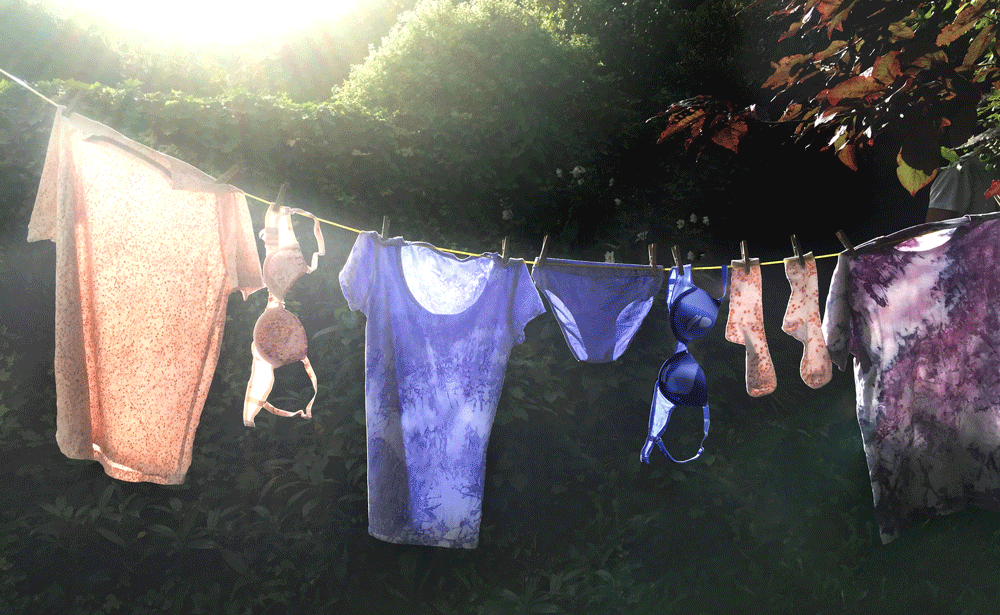 Direct dyeing (bacteria grow directly on the textile and create these unique patterns)
Direct dyeing (bacteria grow directly on the textile and create these unique patterns)
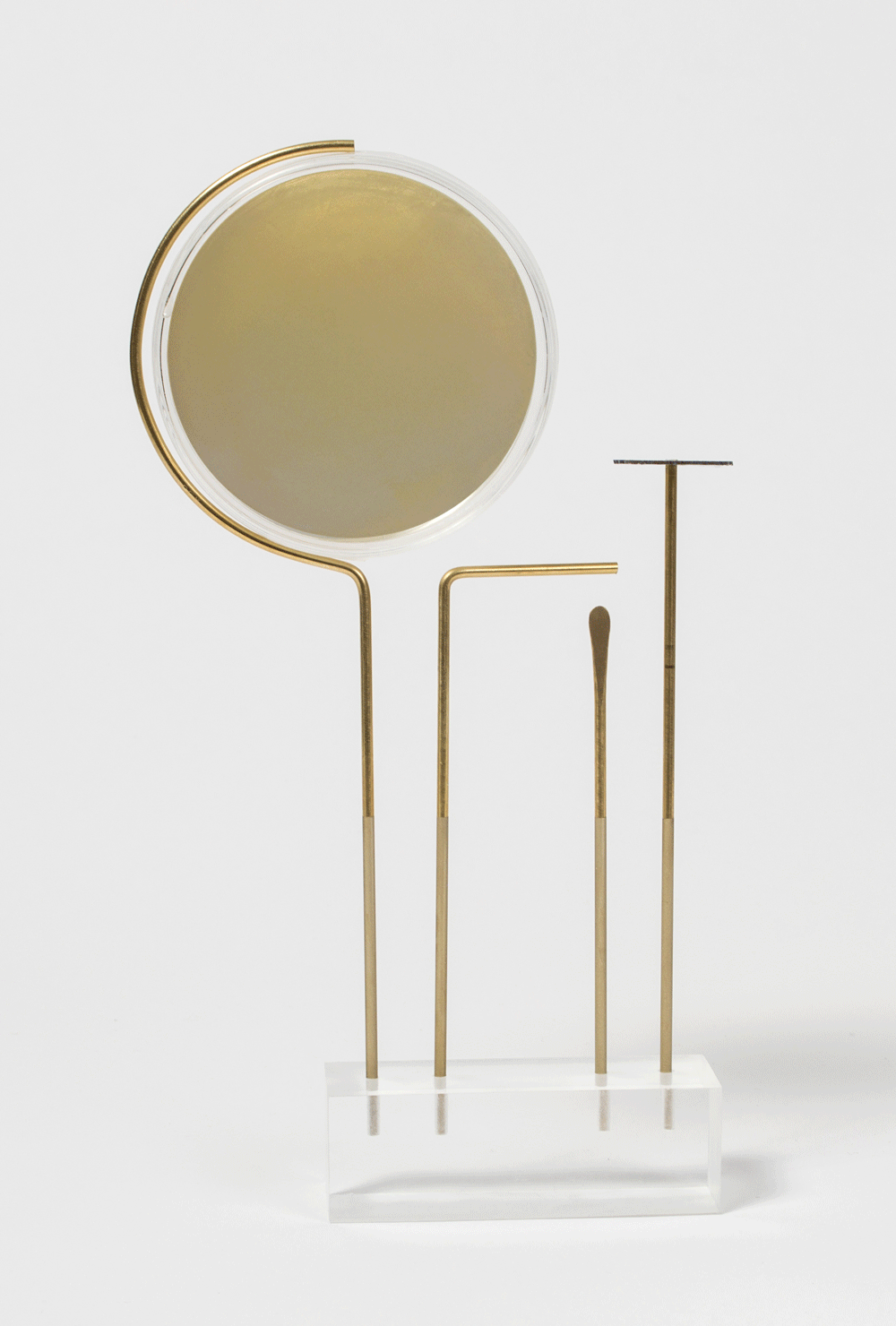
KIT for producing ink from bacteria culture / Petri dish observatory

_________
more on
︎ www.pili.bio
PILI was co-founded in 2015 by:
Marie-Sarah Adenis | Creative Director
Jérémie Blache | President
Guillaume Boissonnat | Scientific Director
Thomas Landrain | historical co-founder
The team currently comprises around forty scientists
working in laboratories in Paris (CNAM), Toulouse (TWB) and Lyon.
The project has raised more than ten million euros for R&D,
benefited from several support schemes (including the 2020 government stimulus plan)
and is now industrializing and commercializing its first biobased pigments.
